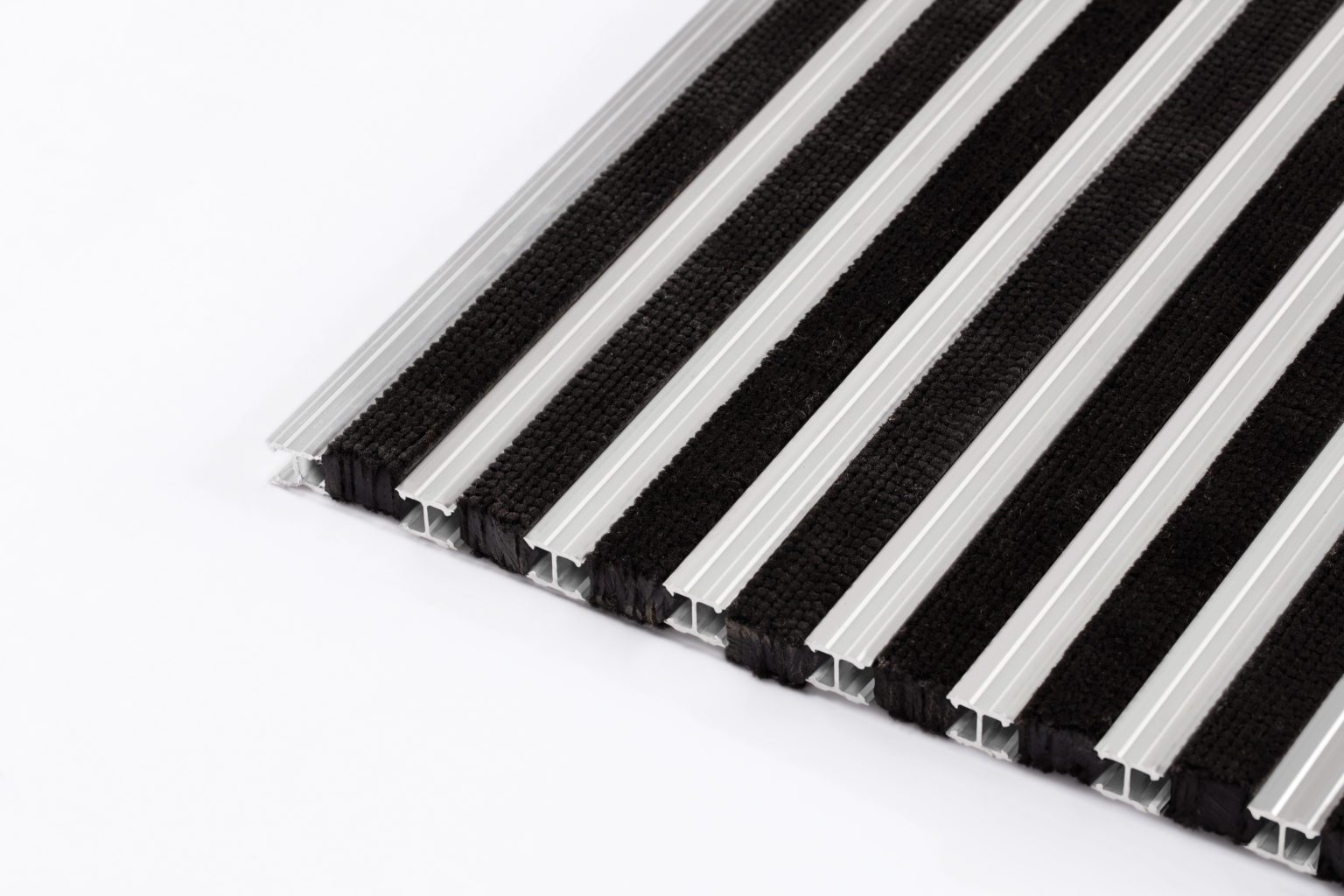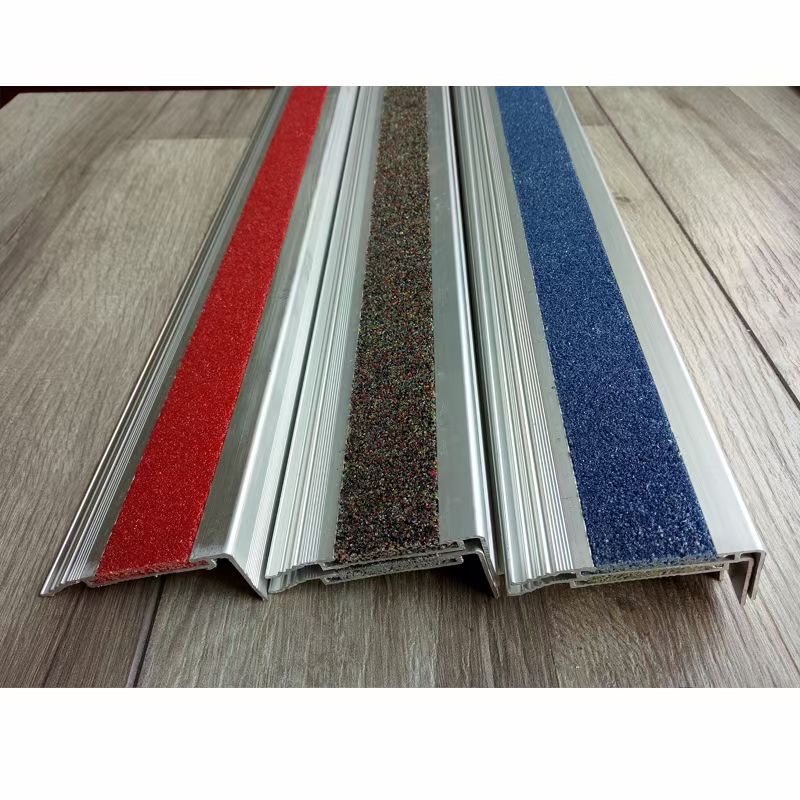
Great things in business are never done by one person. They’re done by a team of people. We have that dynamic group of peoples

Benefits of Standard Anti-Slip Stair Nosing
Standard stair nosing helps reduce the risk of accidents and injuries by providing slip resistance for users, whether they are customers, shoppers, or the general public.

7 Applications of FRP Stair Tread Covers
Explore the versatility and benefits of FRP stair tread covers, highlighting their critical role in enhancing stairway safety and longevity in diverse settings.

Installation and Maintenance of Aluminum Entrance Mattings
Learn how to properly install and maintain aluminum entrance matting to keep your building clean and safe. Tips on choosing, cleaning, and replacing.




